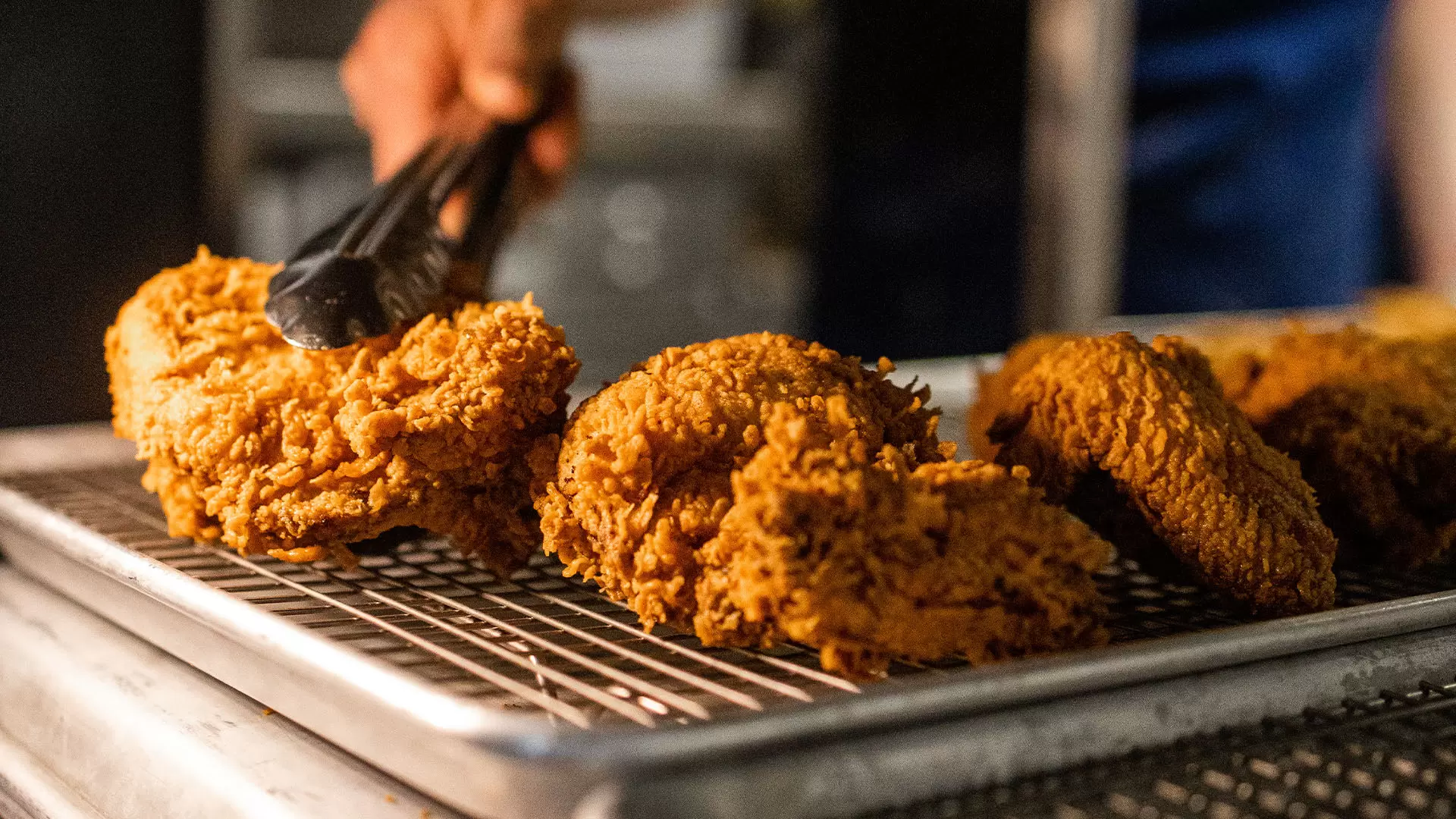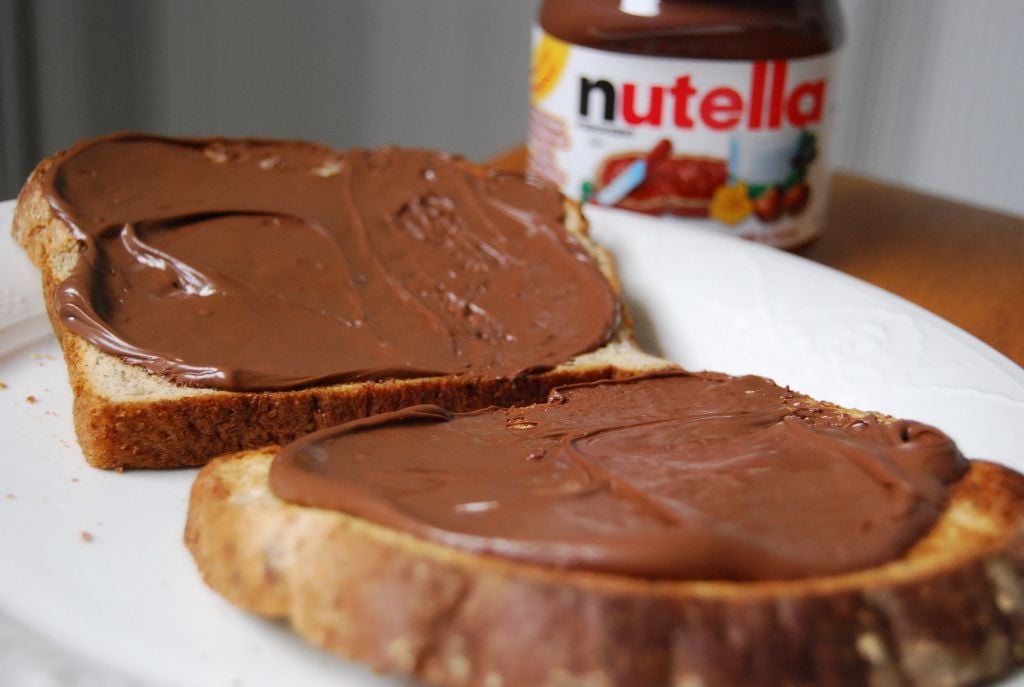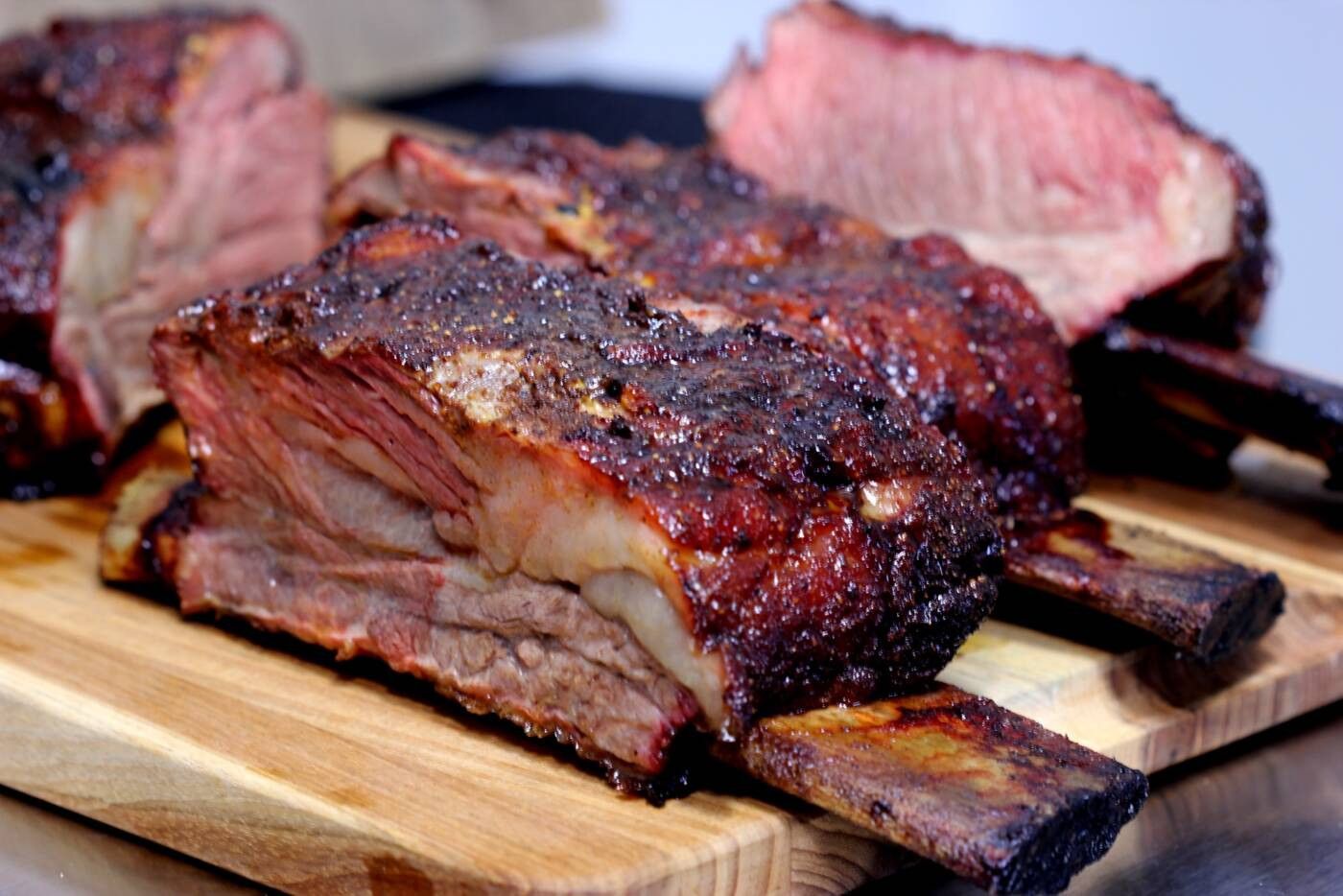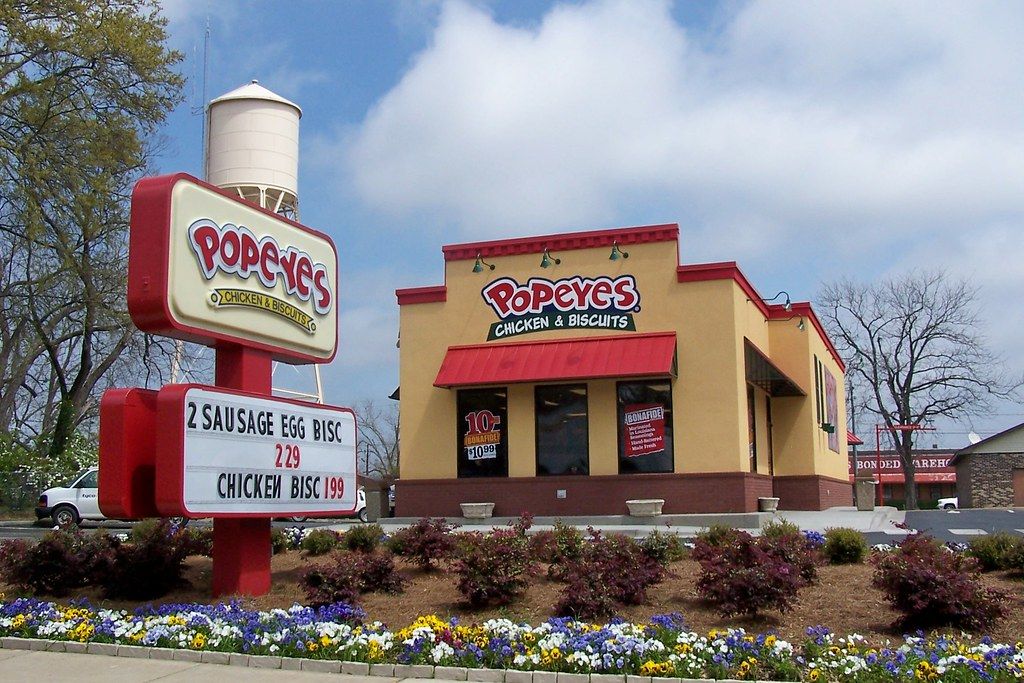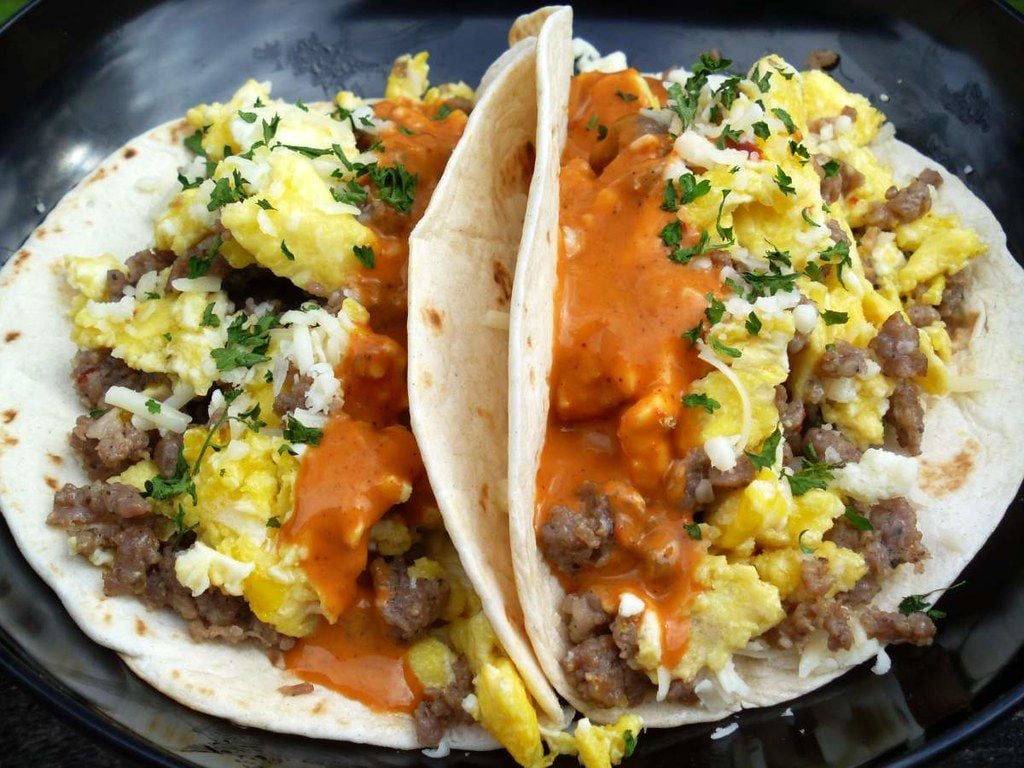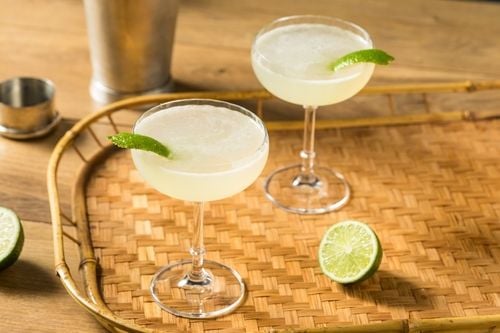
Timeless Daiquiri: The Tale of a Cocktail Classic
- Jul 28, 2025
Synonymous with tropical escapism, the Daiquiri weaves a flavorful fairytale from a mere trifecta of ingredients: fresh lime juice, sugar, and rum. These components set the stage for the sour family of drinks, a category that encompasses other favorites like the Gimlet and Margarita. The secret of the Daiquiri's appeal lies not in its complexity but in its simplicity. Paradoxically, though, this simplicity can present a significant challenge. Navigating the tightrope between refreshingly sweet and delightfully sour requires finesse, with the added tropical essence of white rum, unaged and unapologetic, awaiting to either make or break the drink.
To master a Daiquiri, therefore, is a laudable achievement - the bar industry's litmus test for quality bartenders and cocktail bars. Renowned bartender, Julio Cabrera, a native of Cuba and the driving force behind Miami's Cafe la Trova, explains, “The Daiquiri is like a Dry Martini. It appears simple, yet achieving the right balance is quite a task. The same ingredients can cause either a masterpiece to bloom or a disaster to unfold, solely based on the skills of the bartender."
Cuba witnessed the birth of the Daiquiri in the late 19th century – a creation initially sweetened with brown sugar and served on ice. As the cocktail crossed over to American shores around the dawn of the 20th century, it took on the familiar look: the brown sugar replaced by white and the serving shifted from the rocks to being presented "up" in elegant coupe glasses.
The Margarita's less complicated relative, the Daiquiri has also grappled with its identity through various phases. In the wave of the 1970s through to the 1990s, the Daiquiri froze over, literally – blended, oversized, and usually flavored with strawberries. This incarnation gained popularity across beach resorts and lingered in public memory as the standard Daiquiri style, an image fortified by its absence on cocktail menus in premium bars.
However, the original Daiquiri calls for a resurgence. Its perfect balance and ease of drinking have sparked interest once more among cocktail enthusiasts nationwide. A beacon in this revival is Cabrera's bustling Cuban establishment, Cafe La Trova, heartily nestled in Miami's Little Havana. Their signature Daiquiri, crafted meticulously, makes them a sought-after Daiquiri destination.
Cabrera, a 36 year veteran of bartending, embodies the art of Daiquiri making and insists, “No bottled juice, only fresh lime squeeze. No short cuts, only white granulated sugar from sugar cane. No substitutes, only top-tier white rum. Some might use dark rum, but that alters the traditional taste. A genuine Daiquiri is clean, crisp, and that's what good white rum delivers.”
For Cabrera, the centenarian cocktail transcends being a mere drink. “It’s history. It's who I am. It is an emblem of our craft and cocktail culture – a treasured recipe carried across the globe,” he affirms.
This Daiquiri recipe, as honed by Julio Cabrera:
- 2 ounces white rum
- 1/2 tablespoon white granulated sugar
- 3/4 ounces freshly squeezed lime juice
In a cocktail shaker, fully incorporate the sugar into the lime juice before gradually adding the rum. Add ice, vigorously shake for 15 seconds and strain into a coupe glass; no additional straining or garnish is necessary.

